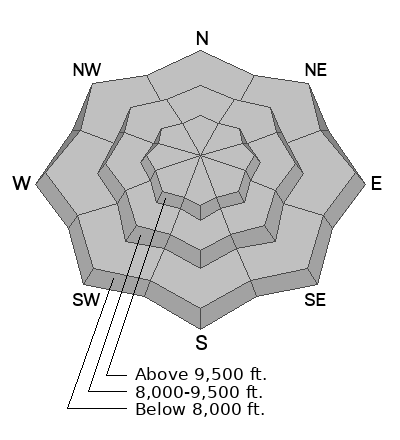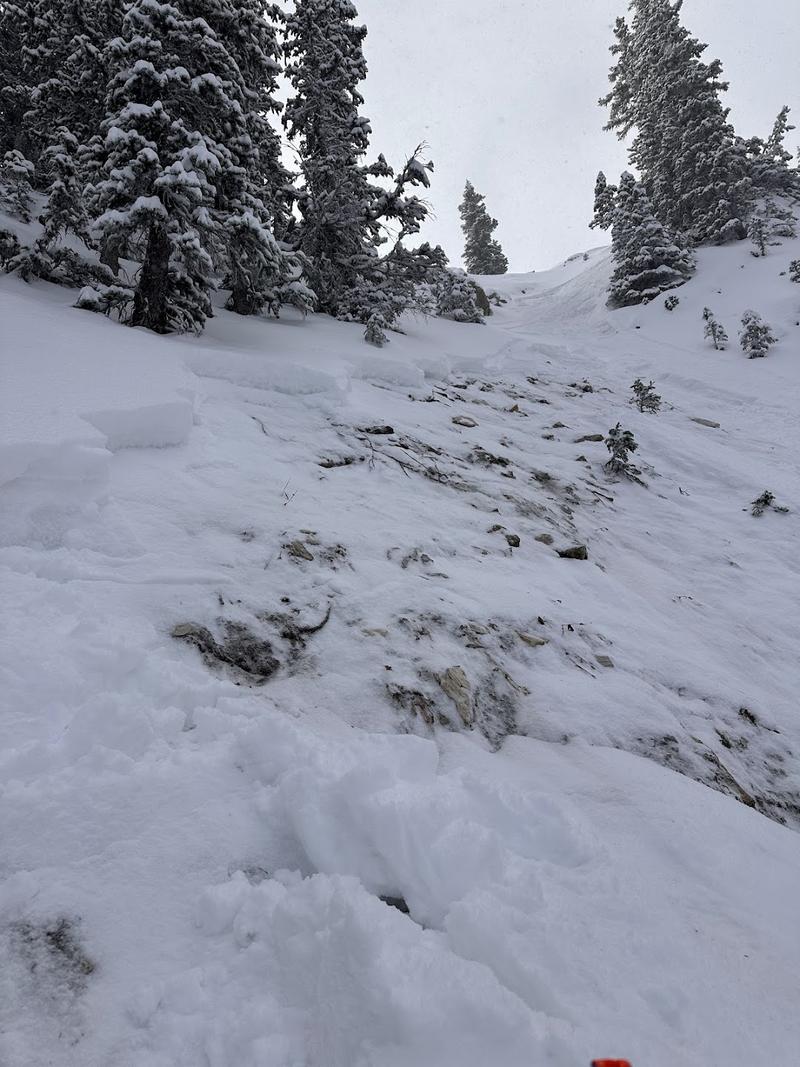Forecast for the Salt Lake Area Mountains

Issued by Dave Kelly on
Monday morning, November 18, 2024
Monday morning, November 18, 2024
This most recent storm added just enough new snow and water to start to tip the scales in isolated terrain and with the addition of blowing winds it may be possible to trigger shallow soft slabs 10"-18" deep and up to 50' wide in upper elevation northerly facing terrain.
While these avalanches may not be enough to fully bury a rider, they are more than enough to rake someone through rocks and stumps.
While these avalanches may not be enough to fully bury a rider, they are more than enough to rake someone through rocks and stumps.
Updates will follow as conditions warrant. This update is from 0700 on Tuesday November, 19, 2024.

Low
Moderate
Considerable
High
Extreme
Learn how to read the forecast here








